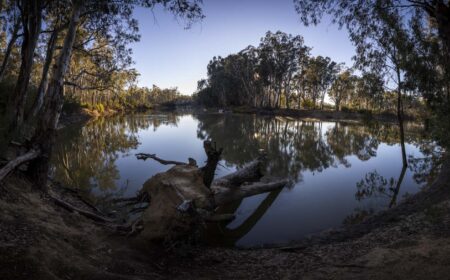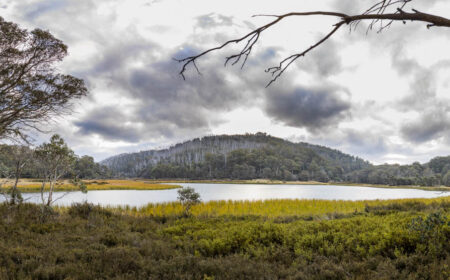We arrive in Delhi at 4am and head straight for New Delhi train station – no local currency, no hotel booking and only a loose plan to head to Gwalior. The ‘bank’ at the airport is closed and we have no way to change any money – not a great start to our adventure.
We hire a tuk tuk, or was it a car? At that time in the morning who can really tell? And make our way to the station via an ATM. (We understand you may not want to take travel advice from us, but really life is all about adventure, right?)
Despite the early hour New Delhi station is packed and chaotic. And as the only westerners in sight and lugging huge backpacks, we are easy targets for the many touts trying to make a quick buck from the “rich” tourists. We are headed for Gwalior, a town of about a million inhabitants – by Indian standards, just a small town.
After much negotiation – “you have to get your tickets from the tourist window upstairs”, yes but that window is closed, “ok then you have to go across the road to that tourist office”. No, I think I’ll go straight to the ticket window thanks, and if they won’t sell me a ticket we’ll walk across the road to get them. They did sell us a ticket, of course. A first class ticket on the Shitabi Express – it definitely wasn’t the cheapest ticket, but it proved a relaxing way to travel after our chaotic arrival.
Gwalior is a good introduction to India, it is quieter than the more well-known tourist tracks and is easy to get around on foot or rickshaw.
The city centre is rather unremarkable, but it sits in the shadow of the impressive Gwalior Fort. Set over three kilometres, and at 90 metres above the city, the fort is an imposing protector of the streets below. It is an easy stroll around the large grounds and while there is much to see, Man Mandir’s Palace is the most impressive of the old buildings.
Legend has it that the fort was built by King Suraj in the first century AD and the site was named after a holy hermit, Gwalipa, who cured Suraj’s leprosy. The fort has been ruled by all the region’s succeeding dynasties.
Since 1886 it has belonged to Gwalior’s Royal Family, the Scindias.
Down in the city centre is Gwalior’s Jai Vilas Palace, built by Maharaja Jiyaji Rao Scindia in 1875. The Palace, which is still used by the royal family, is partially opened to the public. It boasts an impressive stateroom that houses two impressive Belgian chandeliers and a model train in the dining room that winds its way around the large dining table to deliver cigars and drinks to guests! You know your dining table is too large when you need a train to deliver drinks!
Join us on Twitter, Facebook and Instagram for more travel chatter.





















